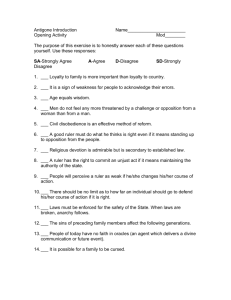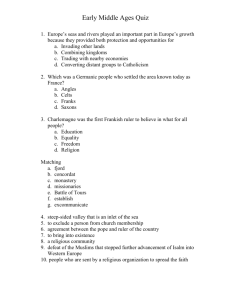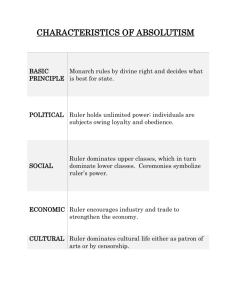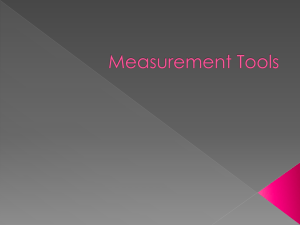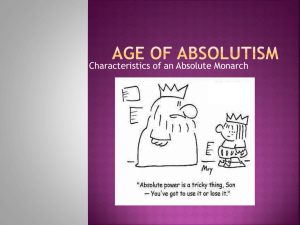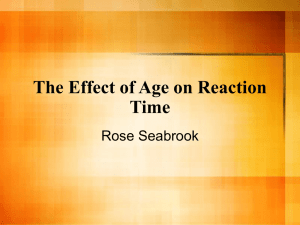Reaction time Reaction time_2
advertisement
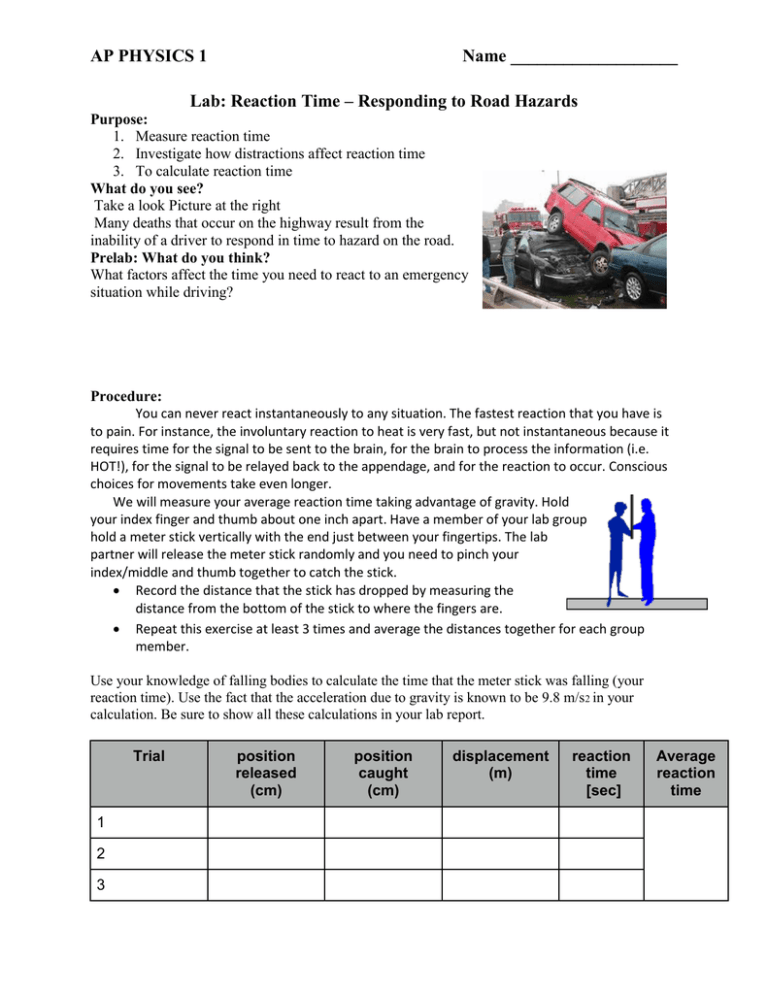
AP PHYSICS 1 Name ___________________ Lab: Reaction Time – Responding to Road Hazards Purpose: 1. Measure reaction time 2. Investigate how distractions affect reaction time 3. To calculate reaction time What do you see? Take a look Picture at the right Many deaths that occur on the highway result from the inability of a driver to respond in time to hazard on the road. Prelab: What do you think? What factors affect the time you need to react to an emergency situation while driving? Procedure: You can never react instantaneously to any situation. The fastest reaction that you have is to pain. For instance, the involuntary reaction to heat is very fast, but not instantaneous because it requires time for the signal to be sent to the brain, for the brain to process the information (i.e. HOT!), for the signal to be relayed back to the appendage, and for the reaction to occur. Conscious choices for movements take even longer. We will measure your average reaction time taking advantage of gravity. Hold your index finger and thumb about one inch apart. Have a member of your lab group hold a meter stick vertically with the end just between your fingertips. The lab partner will release the meter stick randomly and you need to pinch your index/middle and thumb together to catch the stick. Record the distance that the stick has dropped by measuring the distance from the bottom of the stick to where the fingers are. Repeat this exercise at least 3 times and average the distances together for each group member. Use your knowledge of falling bodies to calculate the time that the meter stick was falling (your reaction time). Use the fact that the acceleration due to gravity is known to be 9.8 m/s 2 in your calculation. Be sure to show all these calculations in your lab report. Trial 1 2 3 position released (cm) position caught (cm) displacement (m) reaction time [sec] Average reaction time AP PHYSICS 1 Name ___________________ 1. You are able to find your reaction time by dropping a ruler and use right equation. Record your answer on your data table. Show your work and what equation you used on separate piece of paper. 2. Based on your average reaction time, how far would you travel (in meters) in a car that was moving at a constant 40 mph (1 mph equals 0.45 m/sec) while you reacted to a sudden change in a traffic situation? Show your work! Your average reaction time was The distance the car would travel Reaction time with Distractions: 1. Before your partner dropped ruler, you already knew what you were supposed to do upon receiving that signal. Suppose you had to make a decision after the ruler drop. Repeat the ruler-catching experiment while being distracted by a decision you have to make. Use the following rule to do this experiment. Rule: the student dropping the ruler now says either “RED” at the moment the ruler is dropped, which means you should catch the ruler, or “GREEN” which means you should let the ruler drop. 2. Suppose you are talking on a cellphone or changing a CD while driving. How do these distractions affect your reaction time? To find out, repeat the ruler drop with one hand (using the “red” and “green” cues), while at the same time you do one of the following a. Pretend to change a CD with your other hand b. Simulate dialing a phone number by entering the phone number on your calculator. 3. You will calculate average of five reaction times. Make another Data Table with distraction on separate piece of paper! 4. Write your conclusion after comparing your average reaction time with the distraction to your average reaction time without the distraction. (a paragraph) 5. Make a list of 10 activities that could distract you from driving safety.
